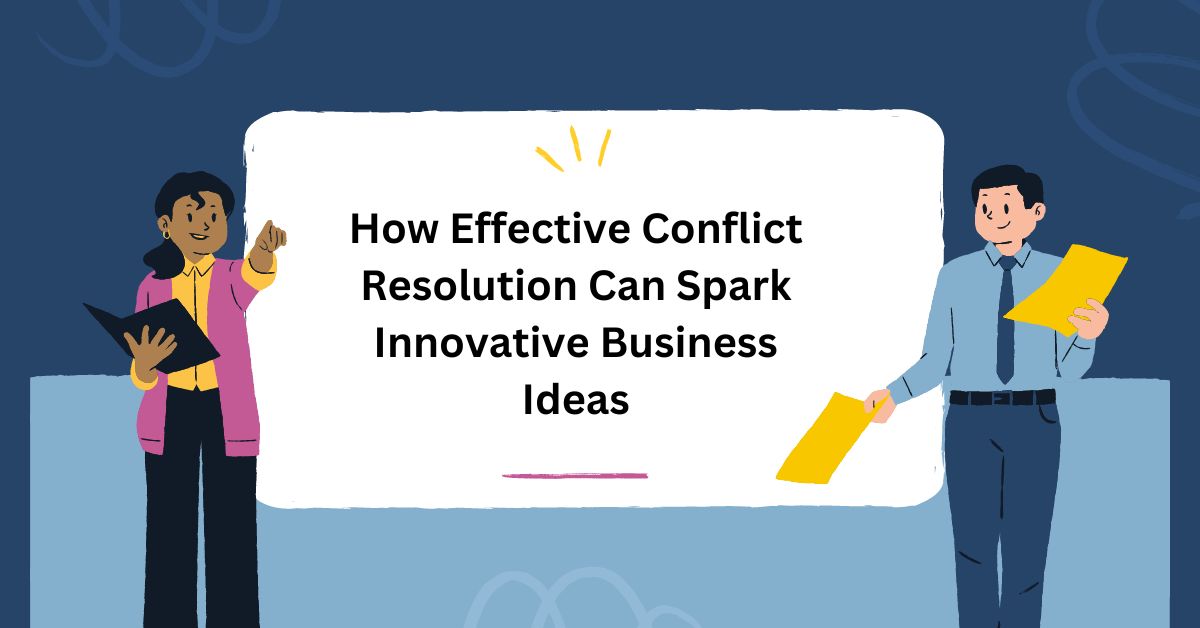Conflict is often seen as a barrier in the workplace, but it can actually be a powerful catalyst for innovation. When handled effectively, conflict resolution can not only mend relationships but also inspire creative solutions and new ideas. Here’s how navigating conflicts can lead to innovative business concepts:
1. Encouraging Open Communication
When conflicts arise, it creates an opportunity for team members to express their perspectives. Effective conflict resolution encourages open dialogue, allowing individuals to share their ideas and viewpoints. This exchange of thoughts can lead to fresh insights and innovative solutions that might not have emerged in a more harmonious environment.
2. Diverse Perspectives Lead to Creative Solutions
Conflicts often stem from differing opinions and approaches. By embracing these differences, teams can leverage diverse perspectives to brainstorm solutions that are more comprehensive and creative. When people with various backgrounds and experiences collaborate, they can identify unique opportunities that may have otherwise gone unnoticed.
3. Building Stronger Relationships
Successfully resolving conflicts can strengthen team dynamics. When individuals feel heard and respected, trust builds, fostering a culture of collaboration. Strong relationships can lead to a more cohesive team that is willing to take risks and explore unconventional ideas, ultimately driving innovation.
4. Learning and Growth Opportunities
Conflict resolution often involves reflection and learning. Teams can analyze the root causes of conflicts and use those insights to improve processes, products, or services. This continuous improvement mindset can spark innovative ideas, as teams become more adept at identifying and addressing challenges proactively.
5. Creating a Culture of Innovation
Organizations that view conflict as an opportunity rather than a threat can cultivate a culture that embraces change and innovation. When employees feel safe to voice their opinions—even if they differ—new ideas can flourish. This mindset can transform conflicts into constructive discussions that propel the business forward.
6. Identifying and Solving Core Issues
Conflicts can highlight underlying issues within an organization. Addressing these core problems not only resolves the immediate conflict but also opens the door to innovative solutions that can enhance overall operations. By tackling the root causes, businesses can streamline processes and improve their offerings.
7. Encouraging Risk-Taking
When conflicts are resolved positively, it creates an environment where team members feel empowered to take risks. This willingness to experiment can lead to groundbreaking ideas and innovative approaches that drive the business ahead of the competition.
Conclusion
Effective conflict resolution is more than just a necessary skill; it’s a vital component of fostering innovation in the workplace. By encouraging open communication, leveraging diverse perspectives, and creating a culture that embraces change, businesses can turn conflicts into a springboard for creative ideas and growth. Instead of shying away from disagreements, leaders should view them as valuable opportunities for collaboration and innovation. After all, the next big idea may just emerge from a conversation sparked by a disagreement.
